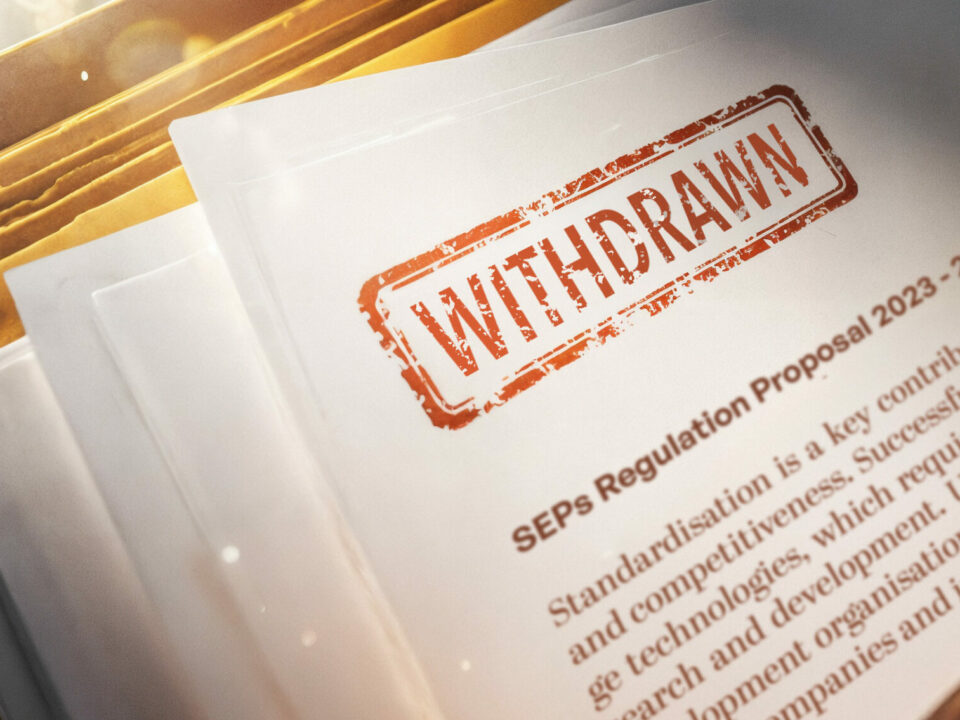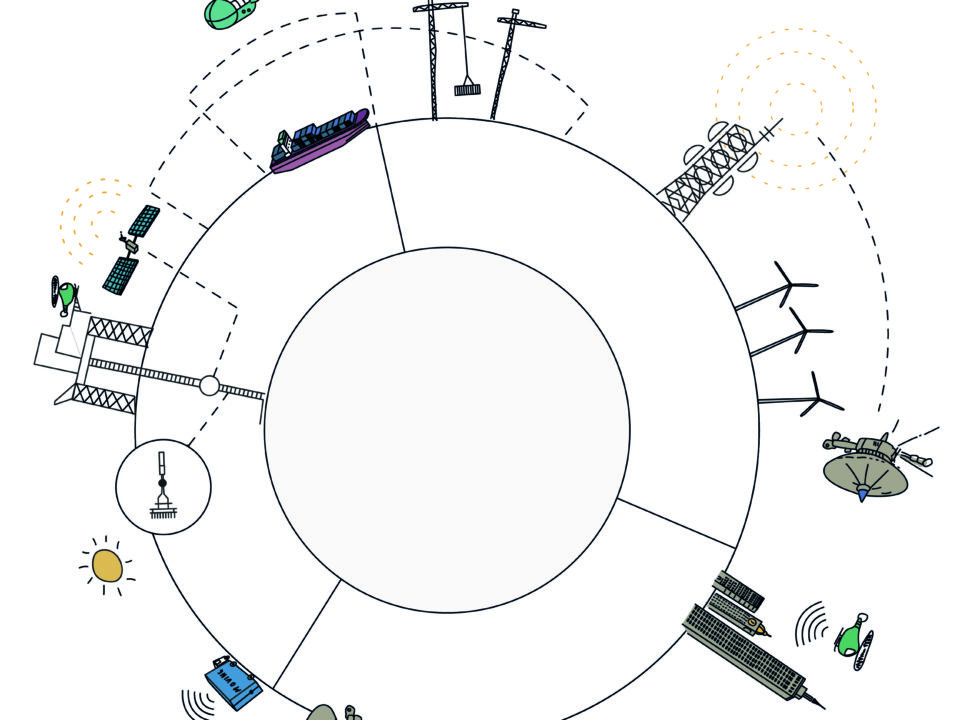The value of connectivity in automobiles
Cellular connectivity brings exciting new features to cars. These include safety features such as warnings about external hazards (like slippery roads or lane changes), emergency call services, crash notification services, vehicle maintenance and management services, and driver assistance. Cellular connectivity also provides a variety of valuable infotainment services.
These features generate significant value for car makers (source: The Value of Connectivity in the Automotive Sector – A First Look, Bowman Heiden, available here.) Consumers are willing to pay a substantial premium for access to these features. Car companies can charge consumers both one-time fees for technology packages that include cellular connectivity. They can also charge subscription fees for services based upon cellular connectivity.
Consumer revenue is not the only value provided by cellular connectivity. For example, over-the-air diagnostics and maintenance can generate cost savings and after sales revenues. In addition, cellular connectivity provides car companies the ability to sell services to third parties, like data to insurance companies and advertising to petrol stations, restaurants, hotels, and more. The development of these features is still in the early stages, but it is easy to see how cellular connectivity provides significant value to the car industry that will grow over time.
FRAND licensing fees for today’s connected cars are modest. A 4G licence through the Avanci platform, for most of the standard essential patents (SEPs) for connected cars, costs a mere $15. This is a one-time, flat fee for the lifetime of the car. It’s comparable to the cost of a single car wash or parking for one evening out.
This $15 licence fee is especially modest when compared to the value that cellular connectivity brings to connected cars. A recent paper estimated that today’s connected car, on average, derives approximately $600 in revenue from cellular connectivity. It is important to remember that this is an average, as the same study found that forecast revenue to General Motors (GM) for its OnStar connected vehicles in the United States ranged from $1,113 to $1,909 per car (source: The Value of Connectivity in the Automotive Sector – A First Look, Bowman Heiden, available here.)
Another study has looked at the fees, often yearly, that various car manufacturers seek from their customers to retain or have certain in-car services. An example given is Mercedes Benz, which offers packages based on standardised technologies that, it was estimated, would cost up to $280 per year for the mbrace base package and $3080 cumulatively over eleven years of car ownership. Revenues are not the entire story because cellular connectivity also provides car makers with cost savings. In fact, over-the air software updates have been estimated to save car makers $1,308 over the life of a vehicle (source: The Value of Standardized Technology to Connected Cars, Sunil Arya, GRUR International, 69(4), 2020, 365-379).
It is likely that use of connectivity in cars will increase with the development of 5G and future cellular network technologies. Car makers will benefit from the investments made by others to develop this technology with minimal cost to them. They should do their part to keep this technology open and accessible by taking appropriate licences for the technology they are using from the innovators that contribute technology to the cellular standards. The alternative to open cellular standards would be cellular standards dominated by one party or by proprietary platforms.



